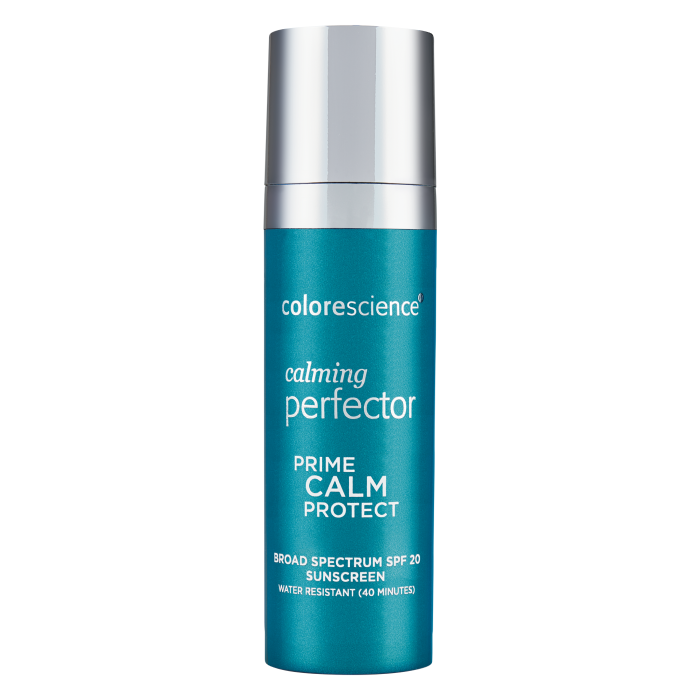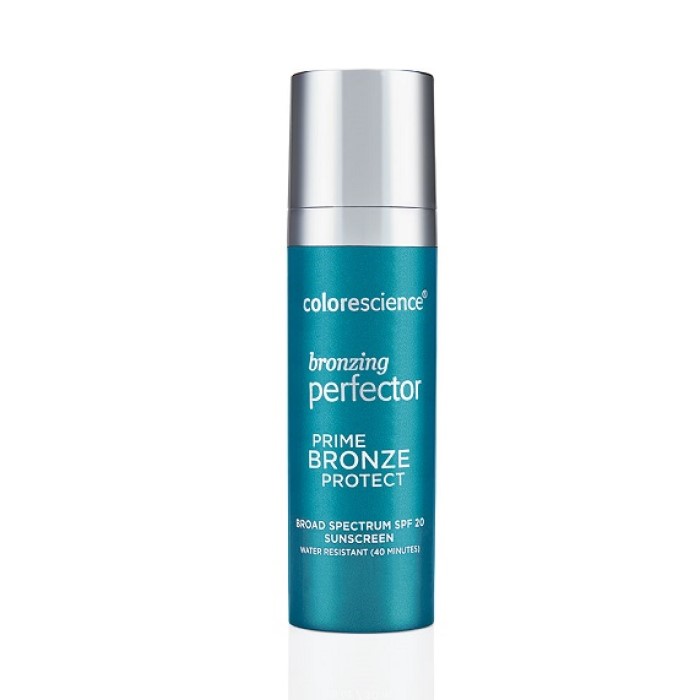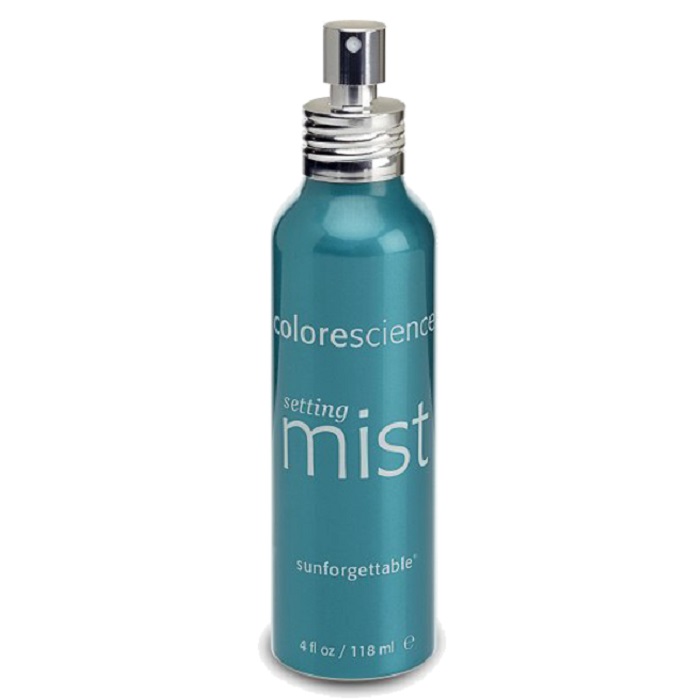
Calming Primer SPF 20

Skin Perfector Brightening Primer

Sunforgettable Setting Mist

We are located at Grand Centreville Plaza, across the parking lot from the Hmart grocery store and IHOP restaurant.
Get Directions|
Monday: |
8:00AM - 5:00PM |
|
Tuesday: |
8:00AM - 5:00PM |
|
Wednesday: |
8:00AM - 5:00PM |
|
Thursday: |
8:00AM - 5:00PM |
|
Friday: |
8:00AM - 5:00PM |
|
Saturday: |
Closed |
|
Sunday: |
Closed |

Diana Rivers, DO, MS, FAAD
General DermatologyCosmetic DermatologySkin Cancer
Accepting New Patients

Mahtaub Darvish, DMS, MPAS, PA-C
General DermatologyCosmetic DermatologySkin Cancer
Accepting New Patients

Caitlin Liberatore, MMS, PA-C
General DermatologyCosmetic DermatologySkin Cancer
Accepting New Patients
Welcome to U.S. Dermatology Partners Centreville, formerly Dermatology Associates of Northern Virginia Centreville, where we are dedicated to providing excellent skin care to patients of all ages. Our commitment is to deliver top-notch dermatology care in Centreville and the surrounding areas, ensuring that your skin remains healthy, vibrant, and well-cared for throughout your life.
Our Centreville dermatologists have undergone rigorous academic and hands-on training, and we continue to enhance our skills through ongoing education. We believe our patients deserve the highest standard of care, which is why we utilize innovative technologies and proven therapeutic treatments. Our Board-Certified Dermatologists are equipped to address a wide range of dermatologic concerns, from routine skin cancer screenings to surgical procedures and cosmetic treatments designed to maintain your skin’s health and appearance.
At U.S. Dermatology Partners Centreville, we are committed to making your visits as convenient and productive as possible. Our friendly staff is here to assist you in understanding your insurance benefits and how they relate to your treatment plan. We work with a variety of insurance companies to ensure you receive the care you need. We offer a comprehensive range of services, including annual cancer screenings, treatment for conditions such as acne, hyperhidrosis, psoriasis, and eczema, as well as advanced surgical procedures and cosmetic treatments.
We are proud to serve the residents of Centreville and the surrounding Northern Virginia communities, including Fairfax, Sterling, Chantilly, Burke, Vienna, Manassas, Gainesville, Haymarket, Bristow, and Lorton. Our goal is to provide personalized care that meets your unique needs and helps you achieve and maintain healthy, beautiful skin.
For general inquiries or if you would like to request a call back, please click below to fill out our contact form.
Contact Us
Calming Primer SPF 20

Skin Perfector Brightening Primer

Sunforgettable Setting Mist